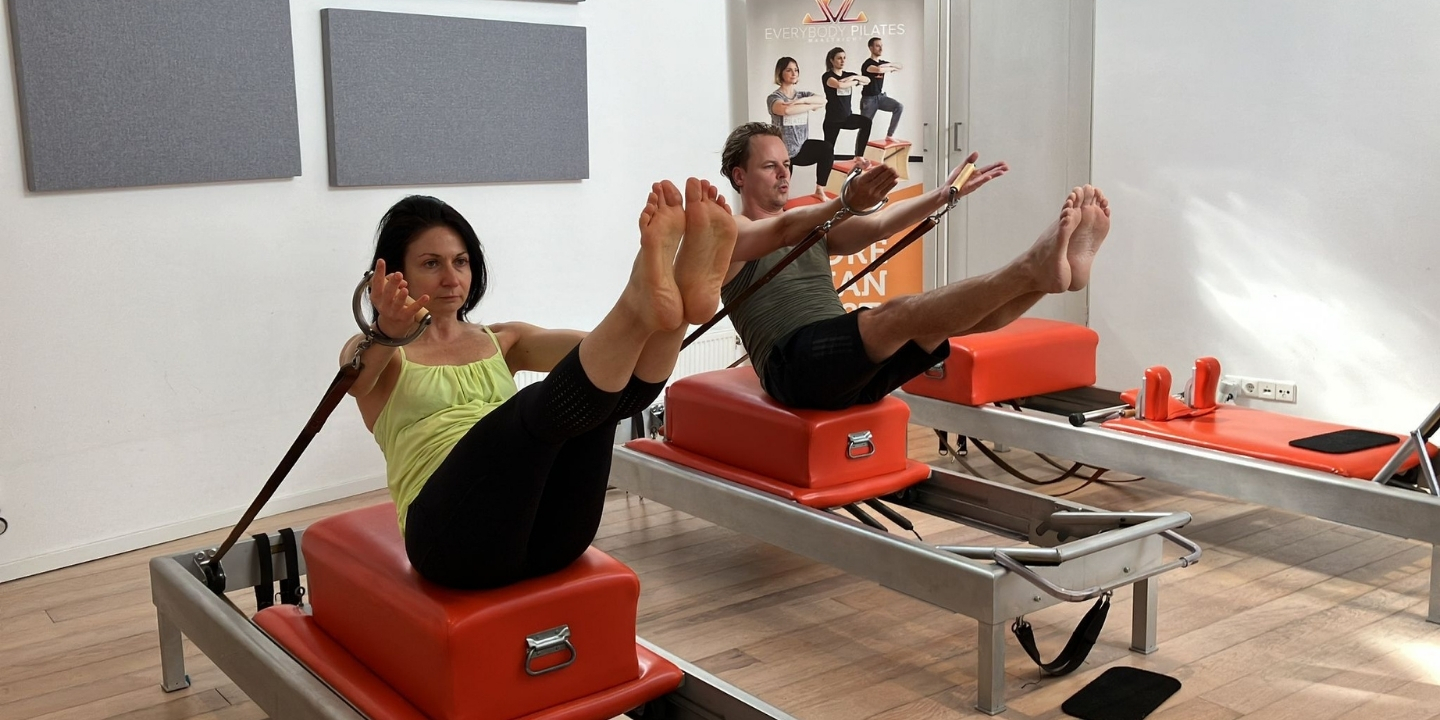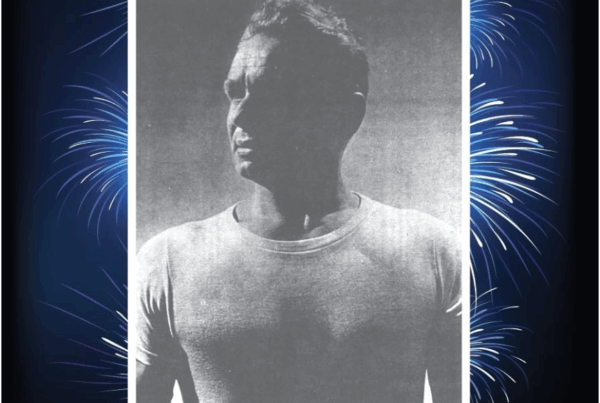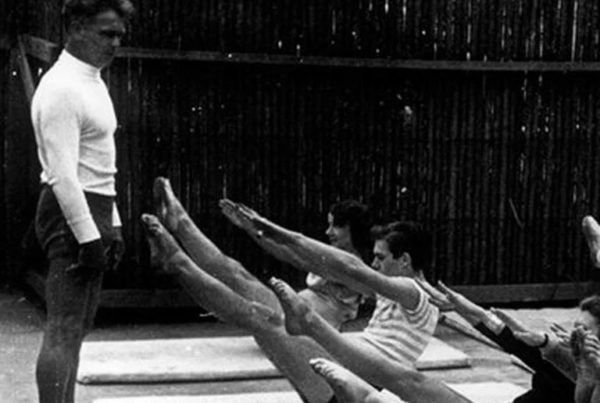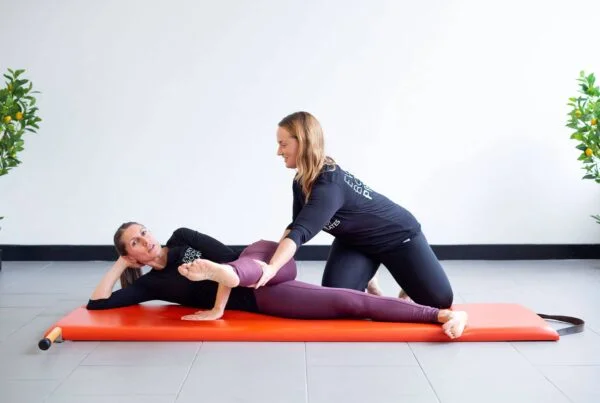There are two major categories:
- Classical Pilates
This is the original method developed by Joseph Pilates. It follows a structured sequence of exercises across a set system of apparatus, including:
- Mat
- Reformer
- Tower
- Cadillac
- Wunda Chair
- Ladder Barrel
- Spine Corrector
What sets Classical Pilates apart is the consistency. The exercises build on one another and are designed to create strength, mobility, and control—from the inside out. Think deep core work, precise movement, and long-term progression.
At Everybody Pilates, all our instructors are trained in the Classical method. That means you’ll learn in a way that honours the original technique, helping you develop a solid foundation and measurable progress.
- Contemporary Pilates
Contemporary Pilates is a more modern take. It often blends elements of physiotherapy, fitness training, and creative movement styles. These classes might include:
- Barre Pilates
- STOTT Pilates
- Fletcher Pilates
- Clinical/Rehab Pilates
- Aqua Pilates
- Pilates with props like balls and rings
The equipment in Contemporary studios tends to be more adjustable, with lighter springs and more padding. This format can be a great fit for those looking for variety, rehab-based movement, or a fusion-style class.
What’s the Difference Between Mat, Reformer, and Tower Pilates?
We get this question all the time, and here’s the quick breakdown:
- Mat Pilates: Practised on the floor using your own body weight. Ideal for home practice or those who prefer a minimal setup.
- Reformer Pilates: Uses a sliding carriage and springs for resistance. Great for strength, alignment, and dynamic movement.
- Tower Pilates: Combines spring resistance with the stability of a mat. It’s perfect for targeting smaller stabilising muscles and refining technique.
All of these are part of the Classical system—and yes, you can do them all at Everybody Pilates.
To discover more about this, read our blog on “The Differences Between Classical Mat, Reformer & Tower Pilates”.
Which Pilates Style Is Best for You?
The truth is: it depends on your goals.
| If You Want To… | Try This |
| Build core strength from the ground up | Classical Mat Pilates |
| Improve posture, mobility, and alignment | Classical Reformer or Tower Pilates |
| Rehab from injury or work with limitations | Studio-based Classical Pilates |
| Mix Pilates with other fitness methods | Contemporary or Fusion Pilates |
| Train to teach Pilates yourself | Classical Pilates Teacher Training at Everybody Pilates |
And remember: the right instructor matters. Especially if you’re new or working with injuries, learning from a classically trained teacher will give you the structure and support you need to thrive.
Can I Do Pilates at Home?
Yes! Mat Pilates is an excellent home-based option. All you need is space on the floor and perhaps a resistance band or set of hand weights. For equipment Pilates (Reformer, Tower, etc.), we recommend joining a professional studio where the apparatus is maintained, and the guidance is personalised.
How Challenging Is Pilates?
Pilates meets you where you are. It can be gentle enough to support post-injury rehab—or strong enough to leave even seasoned movers shaking in the best way.
At Everybody Pilates, our classes range from beginner to advanced. We love helping clients “level up” as their strength, control, and confidence grow. It’s not about perfection—it’s about progression.
Ready to Get Started?
Whether you want to try your first mat class, explore the magic of the reformer, or take the leap into teacher training, we’re here to guide you.
We offer:
- In-person sessions at our fully equipped studios
- Small-group and private options on Mat, Reformer, Tower, and more
- Accredited Classical Pilates Teacher Training for those ready to share the method with others
Visit everybodypilates.co.uk to book your session or explore upcoming courses.




